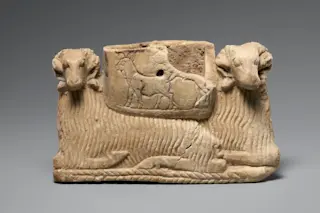She’s the most famous of our distant ancestral kin and, while it’s way too late to send flowers, we now know how Lucy died some 3.18 million years ago. The most famous Australopithecus afarensis appears to have died due to injuries sustained in a fall, according to new research. But it’s not quite case closed: The proposed scenario that led to her death is fanning the flames of an old debate about how the early members of our family tree lived.
When her remains were unearthed in Ethiopia’s Afar region in 1974, Lucy kicked off a new era in the understanding of human evolution. At the time she was the oldest hominin fossil ever found. And instead of the odd jawbone, tooth or partial skull typically found by paleoanthropologists, much of Lucy’s skeleton was recovered — including enough to see she had traits handy for tree-climbing as well as for ...














